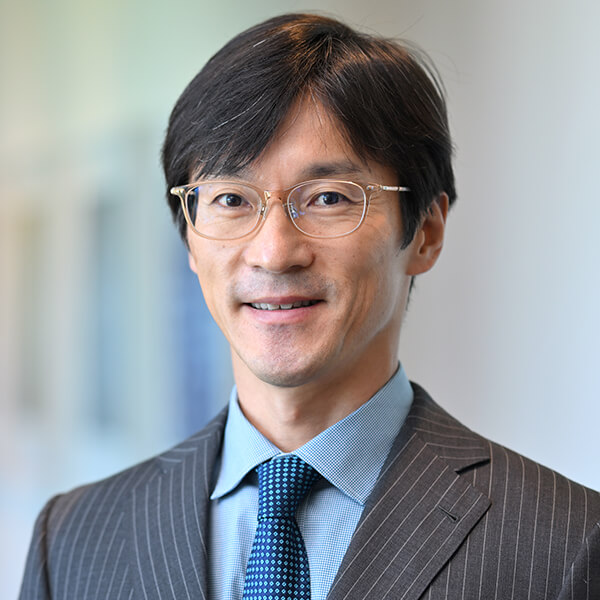Economic Indicators
Japan
The story of Japan overcoming its Lost Decades is deep and fascinating. In addition to this analysis by Capital Group equity portfolio manager Kohei Higashi, you can read our main analysis of the Japanese economy by economist Anne Vandenabeele; how recent economic reforms could lend resilience to this upswing, by equity analyst Sean Tian; and an examination of how cultural and rules changes might boost markets by equity analyst Shintoku Nishiwaki.
For me, the big sign that the Japanese economy was changing was really a small thing: For years, vendors wouldn’t charge more than 1,000 yen, or just under $7, for a bowl of ramen. There was huge price elasticity, an economic term that means demand would fall sharply for even small increases in cost. But recently, ramen has pierced that price ceiling — a change in mentality around the “ramen index” that shows inflation has finally arrived.
For U.S. residents, new inflation might elicit fear. But rising prices mean something different in Japan: February’s 2.8% annual inflation is a break from the nation’s long struggle with flat growth and occasional deflation. Tepid demand, a slack labor market and businesses that were more worried about holding large cash reserves than effectively allocating assets all sapped growth for decades. Given this different scenario, I don’t think consumer price hikes will near 10%, as happened in many other parts of the world.
What’s spurring these higher costs? One contributor could be the much greater representation of women and seniors in the workforce. These groups traditionally had low labor participation but began trickling into the job market over the past two decades, offsetting the potentially inflationary effect of a shrinking labor pool caused by an aging population. Now that those groups are more fully represented, there’s a reduced fallback supply of labor, so markets are beginning to tighten and wages are starting to increase.
Unions negotiated strong wage gains in the spring. Talented young workers have been more comfortable moving between firms to pursue better pay, especially in IT fields that could help power productivity by digitizing the economy. Increasing wages could support consumption, adding to steady inflation that can circulate back into wage growth.
There have been a lot of head fakes over the decades. The sustainability of inflation has always been the million-dollar question, but this time I feel more constructive. I think this opens opportunities in consumer staples stocks, where businesses have pricing power. And automation is a growth area due to aging demographics and ongoing changes to supply chains.

 Kohei Higashi
Kohei Higashi